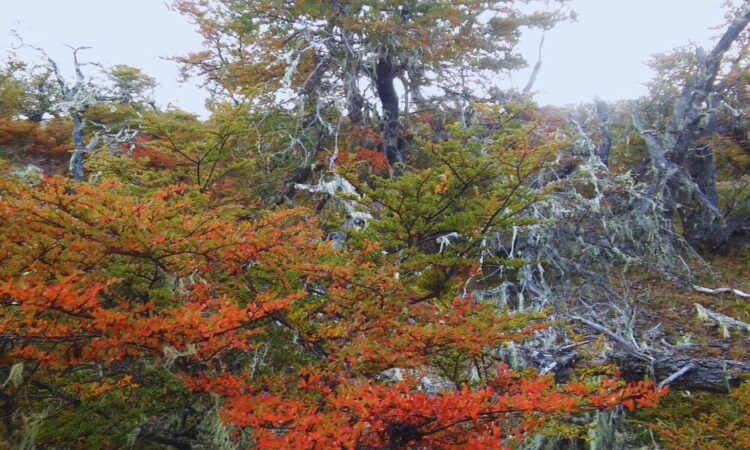
Patagônia Argentina | Pesquisadores afirmam que as florestas nativas de Ñire são resistentes às mudanças climáticas
A capacidade de resposta e a vulnerabilidade das florestas à seca e às alterações climáticas variam entre os diferentes biomas. Conhecer as respostas das árvores à seca fornece informações importantes sobre a resiliência das florestas e as mudanças na distribuição das espécies. Compartilhamos a análise do especialista do INTA Argentina, Pablo Peri.
The ñire is a native forest species that adapts to a wide variety of environmental conditions, it is found both in places with excess humidity and in dry places. This determines its wide distribution throughout Patagonia.
For this reason, a research team - made up of specialists from Argentina and Chile - carried out an investigation to find out the response of the Ñires (Nothofagus antartica) in the face of a climate change scenario. In this sense, the researchers tested the hypothesis that populations of trees that thrive in dry environments are more resistant to drought than those that grow in humid places.
Pablo Peri, coordinator of the INTA National Forest Program and one of those responsible for the research, pointed out that “the Nothofagus antartica forests were evaluated in an annual precipitation range of 500 to 2000 millimeters of rain,” and specified that at this analysis added “data on drought events in recent decades.”
“The ñire trees were not significantly affected in their growth, which indicates that it is a species that adapts to climate change events, increasing the efficiency of water use,” added Peri.
To understand the response of ñire forests to drought, the researchers determined temporal trends in radial trunk growth in 12 populations located along a strong precipitation gradient (annual precipitation of 500–2000 mm) in Chile and Argentina. .
Using dendrochronological methods, models were fitted to predict the annual increase in basal area as a function of year and drought.
They also measured carbon and oxygen isotope signals and estimated intrinsic water use efficiency to provide possible physiological causes for tree growth responses to drought.
The work demonstrates that all populations, regardless of site humidity, showed an increase in their intrinsic water use efficiency in recent decades, a trend that seems to be explained by an increase in photosynthetic rate rather than induced stomatal closure. because of the drought.
For Peri, “the absence of negative effects induced by drought on the growth of ñire trees in a tree species with a wide niche breadth is promising because it could be related to the mechanisms that tree species have to face drought events. drought".
In this sense, the researcher pointed out that "in the work we suggest that the drought resistance of Nothofagus antartica could be attributed to its short stature and relatively low growth rate."
The INTA, the Austral Center for Scientific Research (CADIC), the National Council for Scientific and Technical Research (Conicet), the University of Talca, the Patagonian Ecosystem Research Center (CIEP), the Pyrenean Institute of Ecology (IPE-CSIC) participated in the work. ), Spain Institut für Geographie, Friedrich-Alexander-Universität, Erlangen-Nürnberg.
The work “ 𝑙𝑒𝑠 𝑑𝑒 𝑛̃𝑖𝑟𝑒 𝑟𝑒𝑙𝑎𝑐𝑖𝑜𝑛𝑎𝑑𝑜 𝑎𝑙 𝑐𝑎𝑚𝑏𝑖𝑜 𝑐𝑙𝑖𝑚𝑎́𝑡𝑖𝑐𝑜” was published in the international journal Annals of Botany and is available at https://academic.oup.com/aob/article/131/6/941/7095679

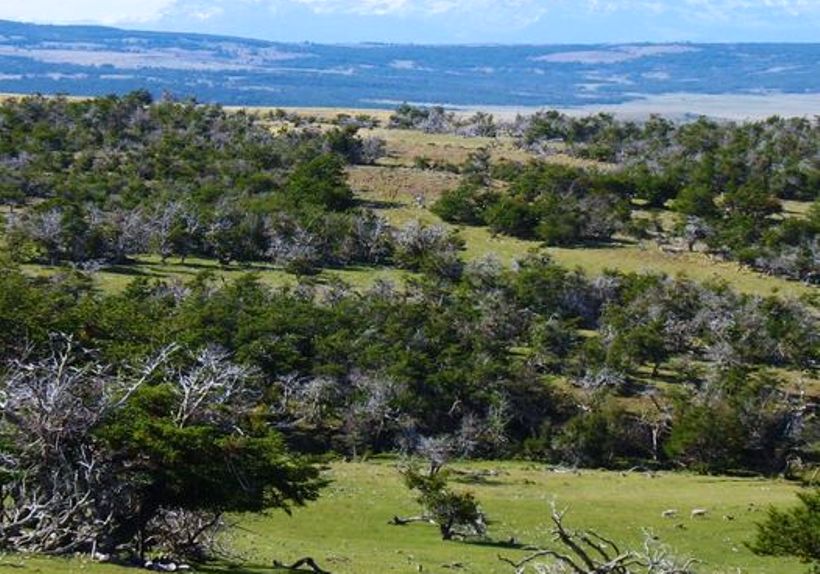

PODE LHE INTERESSAR
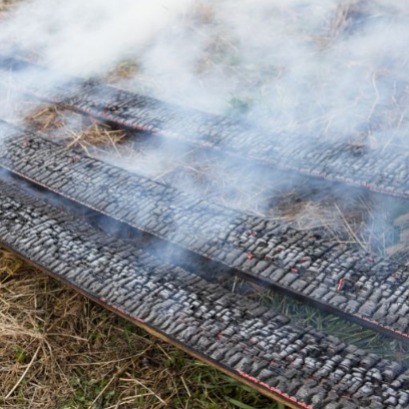 Madeira queimada: a técnica japonesa que embeleza e protege o material
Madeira queimada: a técnica japonesa que embeleza e protege o material
Elegante, ecológico e resistente: a madeira tratada com a técnica de milenary chamada Yakisugi desafia o clima e a passagem do tempo. No mundo do design e da construção, uma técnica ancestral japonesa está ganhando destaque. Este é o Yakisugi (também conhecido como proibição de Shou Sugi), um método que consiste em queimar a superfície da madeira para torná -la mais resistente e atraente. Embora possa parecer contraditório, expor a madeira ao fogo oferece proteção natural contra a umidade, insetos e deterioração ao longo do tempo.
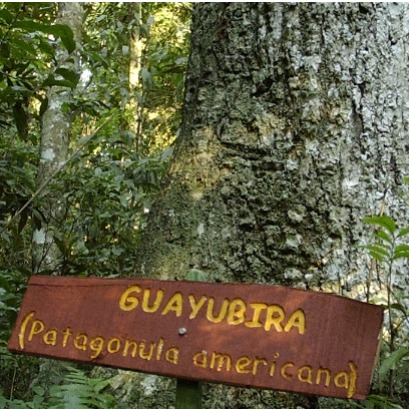 Conheça a árvore Guayubira: uma das espécies de madeira nativa da selva missionária
Conheça a árvore Guayubira: uma das espécies de madeira nativa da selva missionária
Com informações do Manual de Espécies de Missões Nativas (2024), desenvolvidas em colaboração entre a Faculdade de Ciências Florestais do UNAM e o Serviço Florestal dos Estados Unidos (USFS) através da atualização do projeto e da edição do manual de identificação de madeira da selva missionária, compartilhamos informações de cada guia digital que inclui características denatônicas e anatômicas. O manual foi elaborado no Laboratório de Anatomia da Madeira, Dendrologia e Dendrocronologia (Lamdyd) da Faculdade de Ciências Florestais em Eldorado, Universidade Nacional de Misiones.
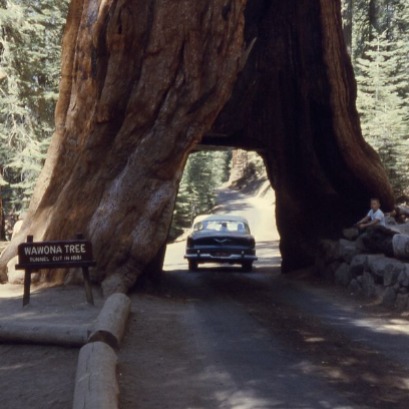 Árvore Wawona: A atração turística dos Estados Unidos que desapareceu em 1969
Árvore Wawona: A atração turística dos Estados Unidos que desapareceu em 1969
Foi criado em 1881 e se tornou um lugar muito popular durante as décadas seguintes. No entanto, quando a árvore caiu no final da década de 1960, tudo mudou. Wawona Tree era o nome que tinha uma atração turística dos Estados Unidos, que permaneceu de 1881 a 1969 em Mariposa Grove, Parque Nacional de Yosemite, Califórnia.





















